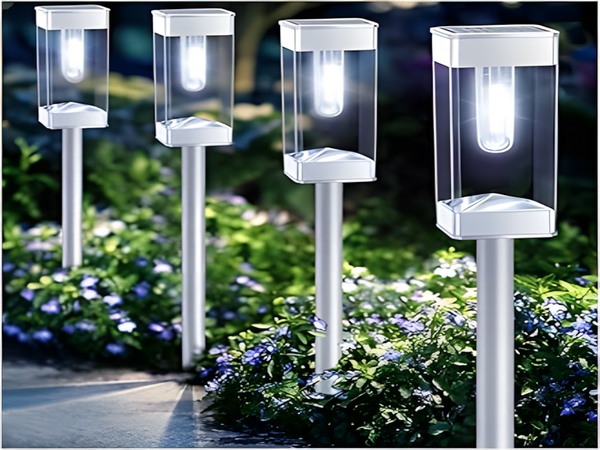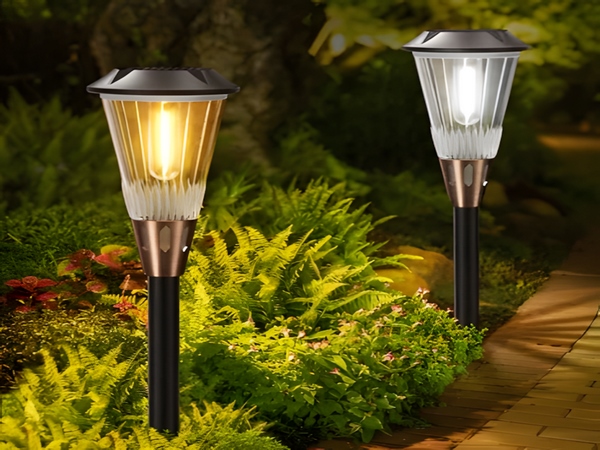
When it comes to solar street lights, most people are familiar with them. Compared to conventional street lights, solar street lights can effectively save electricity and reduce daily expenses. However, for solar street lights to function properly, the lamp poles are crucial. What are the manufacturing standards for solar street light poles? Below is an introduction from Century Sunshine Lighting.
Manufacturing standards for solar street light poles:

1. The base diameter and flange dimensions of the solar street light pole should meet design requirements. If there are special requirements, the manufacturer should provide detailed drawings for the client and designer’s consideration. The material of the steel used for solar street lights must comply with standards.
2. The exterior and interior of the solar street light pole should be treated with hot-dip galvanization for corrosion protection. The galvanization layer should not be excessively thick, and there should be no color difference or roughness on the surface. The corrosion protection process should comply with relevant national standards. During construction, corrosion testing reports and quality inspection reports for the pole should be provided.
3. The surface of the solar street light pole needs to undergo colored powder coating treatment, and the color should meet the requirements of the owner. High-grade coatings should be used for powder coating.
4. The solar street light pole should be designed according to the windspeed load calculations specified in national standards. Relevant material descriptions and load calculations should be provided during construction. For poles connected with steel rings, the contractor should clean the welding joints and make proper bevels according to regulations before welding.
5. The access door for the solar street light pole should be aesthetically pleasing. The door should be made using plasma cutting techniques. The electrical door should integrate seamlessly with the pole body, and its structural strength must be good. There should be reasonable operating space, with electrical installation accessories inside the door. The gap between the door and the pole should not exceed one millimeter, ensuring good waterproof performance. A dedicated fastening system should be in place to prevent theft, and the electrical door should have high interchangeability.
6. The installation of the solar street light pole should comply with relevant national installation regulations and safety procedures. Before installation, appropriate lifting equipment should be selected based on the height, weight, and site conditions of the pole. The lifting point, shift, and correction methods should be approved by the supervising engineer. During installation, instruments should be used in two mutually perpendicular directions to check and correct the position of the pole to ensure it is upright and properly aligned.
7. When using bolt connections for solar street lights, the bolts should be perpendicular to the interfacing surface, and there should be no gaps between bolt heads and components. No more than two washers should be added at each end, and the portion of the bolt that exceeds the nut should not be less than two thread pitches after tightening.
8. After the installation and alignment of the solar street light pole, the contractor should immediately proceed with backfilling and compacting in accordance with relevant standards.
9. The installation of power discharge pipes for solar street lights should comply with the drawings and relevant regulations.

10. Verticality inspection of the solar street light: After the pole is upright, use a theodolite to check the verticality between the pole and the horizontal level.
11. Overall perception of the solar street light pole: The shape and dimensions should meet the requirements, and it should be aesthetically pleasing and well-proportioned, with a smooth and uniform surface.
This concludes the introduction to the manufacturing standards for solar street light poles. Solar street lights, which harness solar energy for power, save the consumption of national energy and reduce the potential for energy pollution. The advantage of solar energy is zero pollution, making related products stand out with their green and environmentally friendly features.



